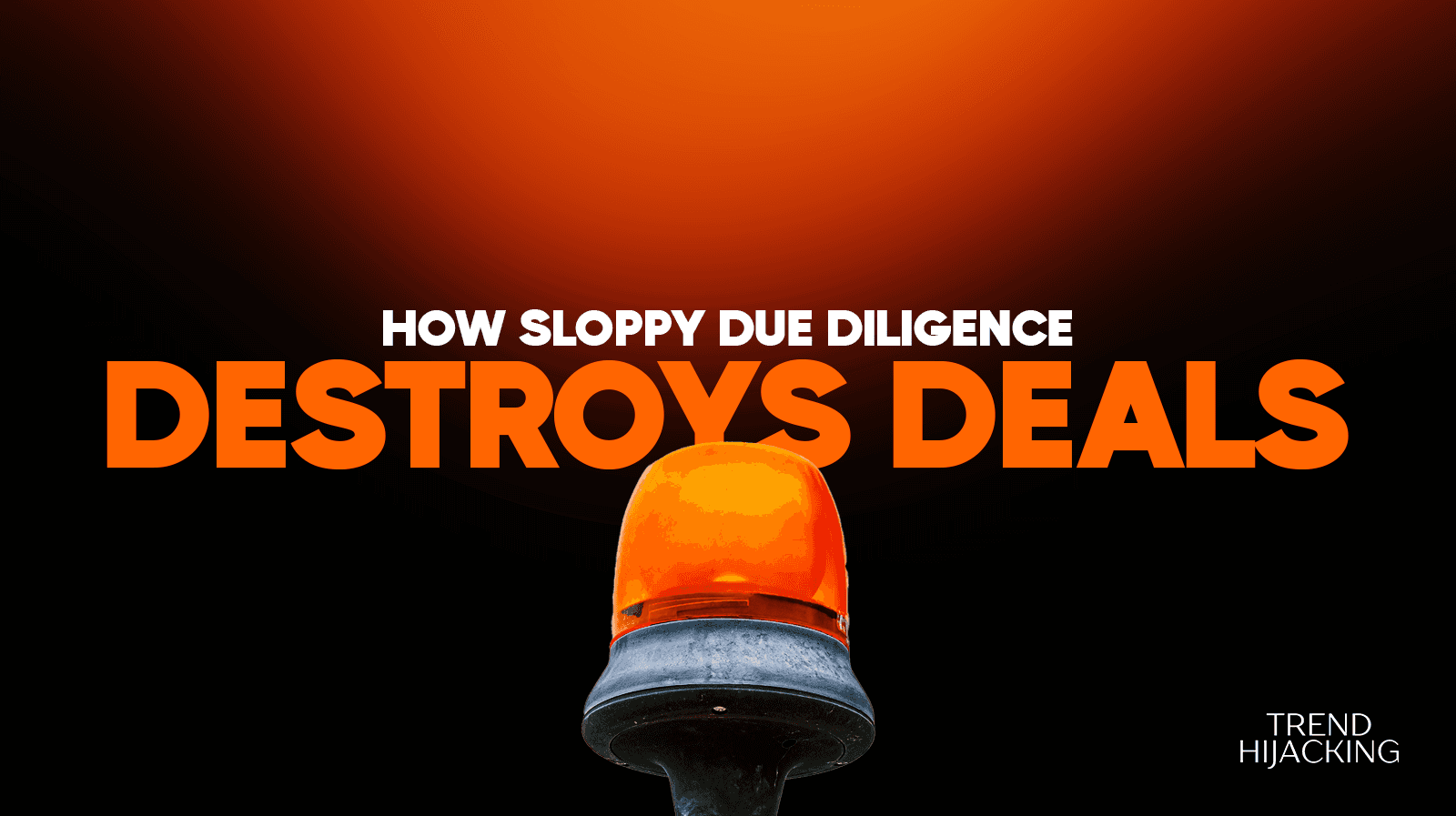How to Price Your Products For Maximum Conversions
1. Price Anchoring: Setting the Right Reference Point

Anchoring is a psychological phenomenon where people rely heavily on the first piece of information they receive when making decisions.
Adding price in front of that word gives you a powerful marketing tactic that works not only for e-commerce businesses but for businesses in general.
Price anchoring basically works to give customers a price point to make their purchase decisions.
Here’s an instance of how this works:
You go to a store to buy traveling bags.
You go in and see 2 up for sale.
Now these 2 are so identical in looks and material texture but then you spot the difference.
Bag A is slightly bigger and has a price tag of $100, while Bag B is slightly smaller with a price tag of $30.
The average person is likely to go for Bag B because they reason they could save up $70 that will be spent on little space.
That’s the exact psychology behind price anchoring.
This scenario I gave is well planned, the overly expensive bag didn’t just happen to be sitting next to a very similar, cheaper bag.
The cheaper bag is the featured product the business owner likely wants to sell off.
Now bringing all these to you as an e-commerce business owner means strategically placing a higher-priced item next to your target product.
This is a good pricing strategy because humans naturally have a hard time making decisions.
It’s something we’ve all experienced when choosing between products that must be very similar or deliver the same satisfaction.
In fact, some people would simply avoid making a decision in the first place given the tension behind making this decision.
But with price anchoring, their decision is made relatively easier for them.
So take a look at this strategy and see how you can implement it in your business(whether you are into e-commerce, SaaS, or the rest, it is universal).
We Help You Buy / Build, Manage and Scale E-commerce Brands for an EXIT
E-commerce Simplified for Busy Individuals – We handle the buying, building, and scaling, so you can focus on what matters.
Growth-Focused Strategies – From sourcing to marketing, we drive growth and prepare you for a profitable exit.
Expertly Managed Exits – We build a high-value brand designed for a Lucrative exit.
2. Charm Pricing: The Magic of 9s and 99s

Why price a product a cent less?
Why not just round it up?
Who cares about a cent difference?
All these are questions people who don’t know the psychological power behind this method of pricing your product tend to ask ever so often.
You see, this is based on the theory that the brain tends to read from left to right, the first digit of the price is deemed more important than the last.
So if someone is faced with a $6.99 product and a $7.00 product, they are more likely to go for the $6.99 product.
This is because the brain suggests the product price is closer to $6 when in reality, it is more like $7 give or take.
This strategy is so effective and there are multiple studies to back it up.
To mention a few:
A study showed that a dress sold way more when it was priced at $34.99 than when it was sold at $35.
A study by the University of Chicago stated that items priced with a .99 sold 24% more than when priced without it.
A 2003 experiment from MIT and The Univeristy of Chicago found that charm pricing increased consumer demand by 35%.
A company named JC Penny went on to eliminate this pricing strategy and experienced a downturn in sales revenue.
All these show the power behind this strategy, especially for e-commerce business owners, so do with this knowledge what you will.
3. Pricing Tiers: Catering to Diverse Customer Segments

Offering your products at different price points can appeal to a broader audience.
Using a tiered pricing strategy, such as offering basic, standard, and premium options helps accommodate customers of all budget groups.
It also gives your customers a sense of choice and control.
This strategy is not really suited for e-commerce, except you sell both luxury and basic items and want to create collections separating both.
It’s mostly suited for subscription-based companies like SaaS and the rest.
4. The Power of Bundling: Creating Value Perception

Bundling products together at a slightly discounted price can trigger the psychological perception of getting more for less.
And people LOVE getting more for less.
When you put products together and make the bundle price lower than the combined price of the products individually, then you have a bundle.
This strategy is used by so many businesses whether you are an e-commerce brand bundling products or a service-based company.
This not only boosts the average order value but also enhances the perceived value of your offerings.
Experiment with bundling complementary products and notice the impact on your customer purchasing behavior.
5. Prestige Pricing

For certain niches like jewelry and clothing, the prestige pricing strategy works pretty well.
Higher prices can create an image of higher quality and luxury.
No one will question buying a $2000 shirt when it is decorated with luxury branding than when it is not.
So look at your niche and your product, do you see it as high quality?
Or as something worth being seen as a luxury?
Something YOU would pay top-dollar for provided you had the resources?
If the answer to all this is yes, then consider this pricing tactic.
You could look at your competitor’s pricing to have a reference point as well.
We Help You Buy / Build, Manage and Scale E-commerce Brands for an EXIT
E-commerce Simplified for Busy Individuals – We handle the buying, building, and scaling, so you can focus on what matters.
Growth-Focused Strategies – From sourcing to marketing, we drive growth and prepare you for a profitable exit.
Expertly Managed Exits – We build a high-value brand designed for a Lucrative exit.
Conclusion
The psychology of pricing is something that has lifted companies and brought them down as well.
By understanding how customers behave as well as leveraging psychological pricing tactics, you can not only increase how much revenue you bring in but can also build a full-fledged brand that resonates with your target audience.
If you want to build an e-commerce business that generates 6 to 7 figures per month in sales, without having to really do anything on your end, then click here to book a call with our team.
Before You Go, Let’s Keep in Touch⏬
A Done-For-You E-commerce Business
Discover how we Build, Launch, and Scale a 6-figure/month Business for You
Learn more
The 6-Step Blueprint to E-Commerce Acquisition
See how we Acquire, Convert, and Scale with Real Case Studies to Prove It.





















